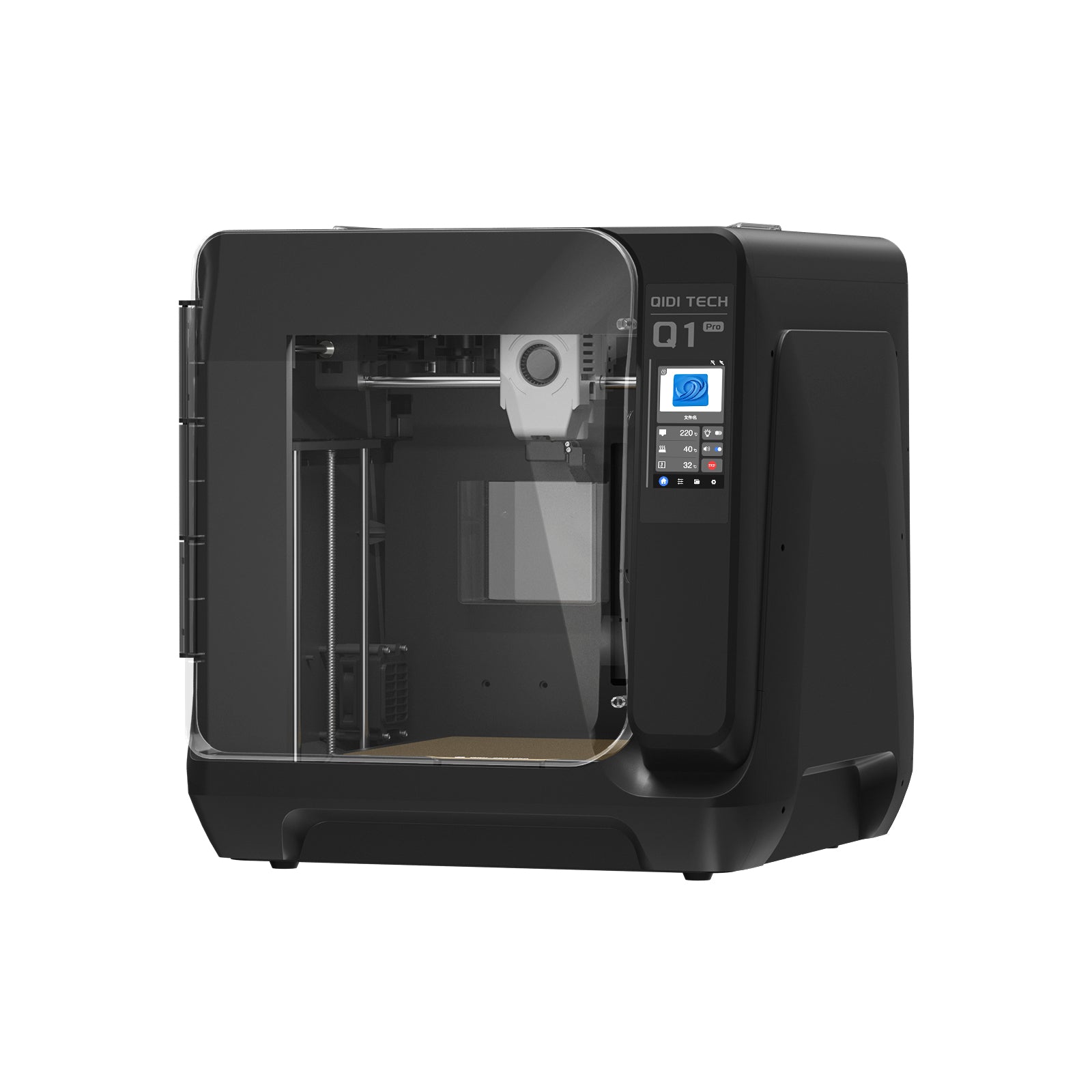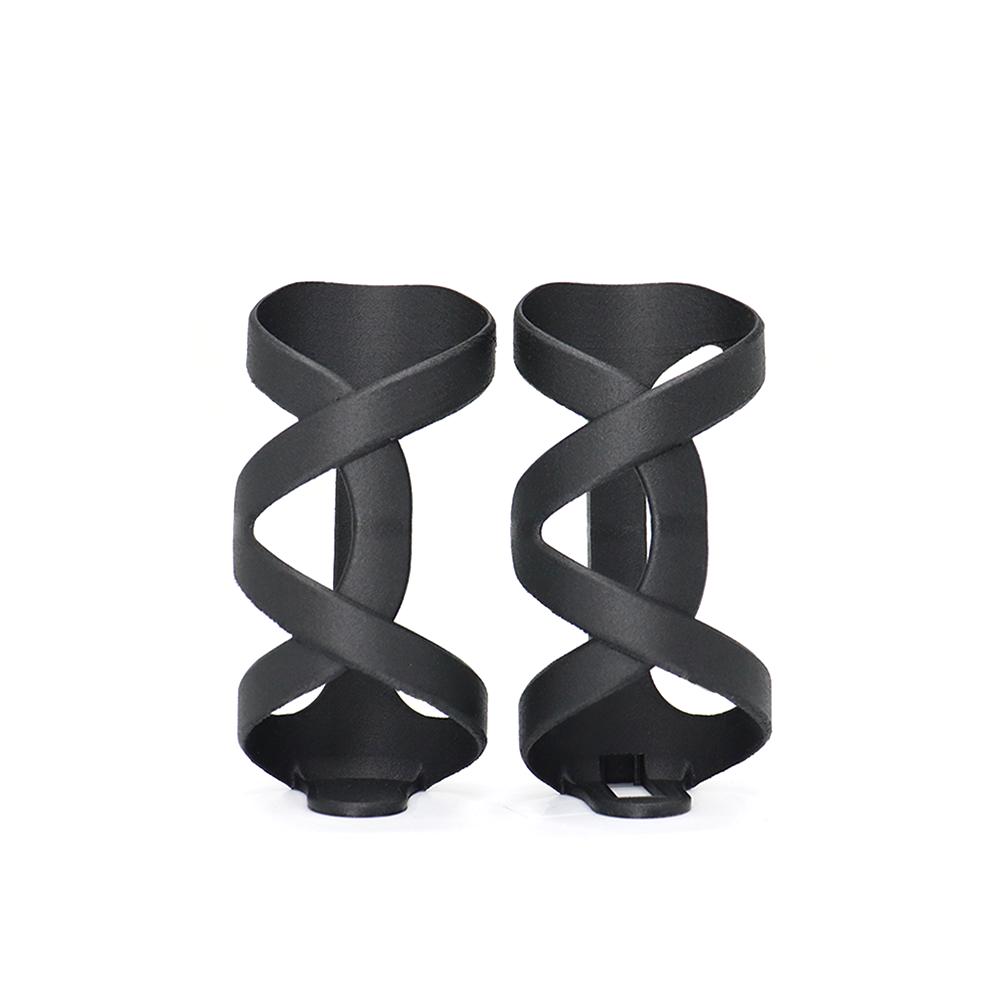FDM vs. SLA 3D Printing: What Are the Differences?
Table of Contents
- How FDM 3D Printing Works
- How SLA 3D Printing Works
- Print Quality and Resolution: SLA Wins Over FDM
- Materials and Durability: FDM and SLA Exhibit Mixed Performance
- Speed and Throughput: FDM and SLA Show Parity
- Cost Considerations: Short-Term vs Long-Term Expenses
- Ease of Adoption: FDM Technology More Beginner-Friendly
- Reliability and Maintenance: FDM Holds Up Better Over Time
- Applications Showing FDM and SLA 3D Printing Strengths
- Conclusion
- Read More
A Quick Look Sheet:
| Criteria | FDM | SLA |
|---|---|---|
| Print Quality and Resolution | Lower resolution (around 150 microns); visible layer lines which require post-processing for smoothness. | Higher resolution (down to 25-50 microns); smooth surface finish with fine details. |
| Materials and Durability | Thermoplastics like ABS and PLA offer good mechanical strength and durability. | Photopolymers have excellent accuracy and detail but are generally less durable than thermoplastics. |
| Speed and Throughput | Comparable print speeds; efficiency depends on the object's complexity and printer settings. | Slightly faster for full-volume prints; overall fabrication times can be similar when including setup and post-processing. |
| Cost Considerations | Lower initial purchase cost; higher cost for materials over time. | Higher initial purchase cost; lower operational costs over time due to cheaper resin. |
| Ease of Adoption | More beginner-friendly with simpler mechanics and operation. | Steep learning curve due to handling of photosensitive resins and additional safety considerations. |
| Reliability and Maintenance | Generally more robust with easier maintenance. | Optics and other components may require more frequent cleaning and care. |
| Applications | Better suited for durable end-use parts and functional prototypes. | Preferred for high-detail models and applications where surface finish is critical. |
How FDM 3D Printing Works
Fused Deposition Modeling, or FDM, uses a continuous filament of thermoplastic material that is heated to a semi-molten state and precisely extruded layer-by-layer to construct the printed object. Filament materials like ABS and PLA are commonly used in FDM machines.
The print head nozzle moves horizontally and vertically based on the CAD model's cross-section data, depositing and solidifying the melted filament along the toolpath before moving upwards and repeating the process. Support structures may be built and later removed to span gaps and overhangs. The relatively simple mechanical process of FDM printers contributes to affordability and accessibility for casual users and businesses alike.

How SLA 3D Printing Works
Stereolithography represents one of the earliest 3D printing technologies. Today's SLA printers build objects from photosensitive liquid resin stored in vats. An ultraviolet laser precisely traces a cross-section of the model, causing the resin to solidify.
The build platform then rises to allow the liquid resin to flow beneath and prepare for curing the next layer. Uncured resin remains unaffected to be reused. Some affordable SLA machines use LCD-masked curing instead of lasers for easy operation. Support structures facilitate overhangs but leave noticeable scarring if not properly removed post-print. Overall, the SLA process facilitates exceptionally smooth surface finishes.
Print Quality and Resolution: SLA Wins Over FDM
When it comes to production quality and precision, SLA 3D printing clearly beats FDM models, hands-down. SLA leverages its ultra-fine resin curing mechanism to produce extremely high print resolution down to 25-50 microns axially. Smooth curving geometries and miniature details can be replicated with ease. FDM struggles to surpass 150 microns due to the filament deposition width.
The surface finish also illuminates FDM's stepped layer lines compared to SLA's smooth uniformity. The liquid resin nicely replicates contours for professional surface quality. Only meticulous post-processing can smooth FDM's visible layers to near-SLA quality, increasing user effort. For applications where nuanced accuracy and attractive visuals matter, SLA triumphs over FDM for delivering exceptional print resolution.
Materials and Durability: FDM and SLA Exhibit Mixed Performance
The range of materials compatible with SLA and FDM reveals unique advantages specific to each technology. Photopolymers used in SLA 3D printers offer outstanding accuracy, surface quality, smooth handling, and lightweight properties at the cost of durability. Epoxies and acrylates suit concept modeling needs but lack toughness for real-world stress. Thermoplastics like ABS and PLA in FDM enjoy superior layer adhesion and mechanical performance, with PETG and nylons expanding chemical, temperature, and strength limits.
FDM's increasing engineering-grade materials provide the flexibility to withstand various operating conditions, augmented by the layered structure's innate shock absorption. This gives FDM an edge for fabricating durable end-use parts, while SLA appeals where visual quality and geometric complexity outweigh raw strength requirements.
Speed and Throughput: FDM and SLA Show Parity
Modern FDM and SLA 3D printing platforms feature optimized build speeds able to churn out prints rapidly with minimal compromise on quality. High-end production SLA units like the Form 3B boast build speeds up to 20cm per hour at 25-micron axial resolution. Equivalent desktop FDM options like the Ultimaker S5 handle print speeds exceeding 24 cubic centimeters per hour at comparable quality. CUSTOM settings allow tuning layer height and infill vs quality tradeoffs.
For pure speed, SLA may claim a marginal advantage over FDM, especially for full-volume prints. However, incorporating print preparation and post-processing can equalize overall fabrication times. Larger platforms now enable continuous production through automated job sequencing. Altogether, both methods deliver satisfactory speed and efficiency for most applications. The scale and optimization of print jobs influence observed throughput differences.
Cost Considerations: Short-Term vs Long-Term Expenses
Owning costs play a pivotal role when adopting 3D printing capabilities, whether hobbyist or industrial grade. Machine expenses, operational costs, and maintenance deserve equal consideration alongside build performance. In terms of initial purchase cost, beginner FDM printers retail under $300 while starter SLA machines fetch over $1000 at minimum. High-performance industrial platforms easily exceed $100,000.
However, SLA flips the equation over time via cheaper resin pricing which offsets equipment investments faster. Engineering thermoplastics still claim 4X cost per volume over liquid resin. Energy, replacement parts, and labor are also lower for SLA's simpler system. Optimized workflows leverage SLA's speed to maximize revenue from rapid production. For businesses, the reduced TCO and breakeven window drives adoption. Hobbyists enjoy FDM's lower startup costs.
Ease of Adoption: FDM Technology More Beginner-Friendly
For newcomers especially, FDM printers offer better prospects for easy adoption and operation. Their safe materials, simpler mechanics, and reliability over prolonged unattended jobs inspire confidence. Novice users in schools and households find enough build flexibility without excessive tweaking. SLA's additional safety considerations around photosensitive resins and the cleaning apparatus may increase the learning curve. Limited materials and the potential for failed supports also create undesired complexity.
However, SLA enjoys better-established online platforms for troubleshooting, as the technology is much older with a seasoned community and knowledge base to tap into. Well-documented system nuances make progressing the learning journey convenient. However, SLA continues to demand more hands-on engagement for successful prints compared to increasingly automated FDM systems. For those who can invest the time, SLA rewards with superior print quality.

Reliability and Maintenance: FDM Holds Up Better Over Time
In day-to-day operation over months of heavy use, FDM printers generally hold up better compared to more finicky SLA machines. FDM's relative simplicity rooted in a robust moving gantry system reduces potential points of failure through limited components' exposure to stress. Tight filament tolerances prevent jamming and blocked nozzles compared to SLA resin handling. FDM materials also handle extended environmental exposure once printed without degrading.
However, FDM still necessitates constant fine-tuning of axles, belts, and hot ends to uphold print precision. Metal parts succumb to wear over time. SLA's optics degrade sharply from ambient dust or resin sneaking into the system, demanding thorough monitoring for laser/LCD panel longevity. Overall, FDM's forgiving nature suits less attentive users across casual and industrial setups. But respecting each technology's preventive and corrective maintenance procedures results in years of productivity.
Applications Showing FDM and SLA 3D Printing Strengths
Comparing FDM and SLA applications within industries highlights where each process outperforms the other for specialized needs:
- Concept Modeling: SLA's exceptional surface finish and micro-precision empower product designers through prototypes matching production aesthetics for ergonomic evaluation and marketing. Engine part visualization is accomplished for concept testing.
- Tooling and Casting: For tooling molds of every size, SLA molds bridge nanoscale geometry and chemical/thermal resilience during casting metal, plastic, or composite end parts cost-effectively.
- Automotive: Functional automotive parts shining from taillights to air vents achieve smooth strength via FDM engineering thermoplastics, augmented by hands-free automated production. Custom pedals and gears are easily installed.
- Aerospace: With certified materials and immense build volumes, FDM enables lightweight aircraft component fabrication like interior lattices and ducting resistant to demanding vibrations and altitudes.
- Healthcare: Leveraging bio-compatible resin, SLA flawlessly manufactures customized dentures, hearing aids, prosthetics, and implants improving patient fit and recovery.
- Education: FDM's wide material range, office safety, and mechanical simplicity allow hands-on student engagement for applied STEM learning via prints reflecting course theory.

While today's FDM and SLA technologies continue to close the capability gap through constant innovation, their inherent mechanical differences foster advantages unique to each technique. Keeping print quality, materials, operating costs, and workflow considerations in perspective allows for deducing the smartest 3D printing method per application.
Conclusion
When deciding between FDM and SLA, carefully weigh personal or business priorities like accuracy, material needs, operating costs, and ease of adoption rather than declaring one strictly superior. Both demonstrate advantages in the right applications - SLA for unparalleled smoothness and detail, FDM for affordability, and diverse materials. Analyze key criteria against use cases to match requirements to process capabilities, understanding the inherent tradeoffs. As FDM and SLA continue advancing through ongoing innovation, their complementary strengths carve distinct niches fostering specialization over competition within the growing 3D printing industry. Identifying ideal synergies between priorities and process merits maximizes benefits on either technology pathway.





